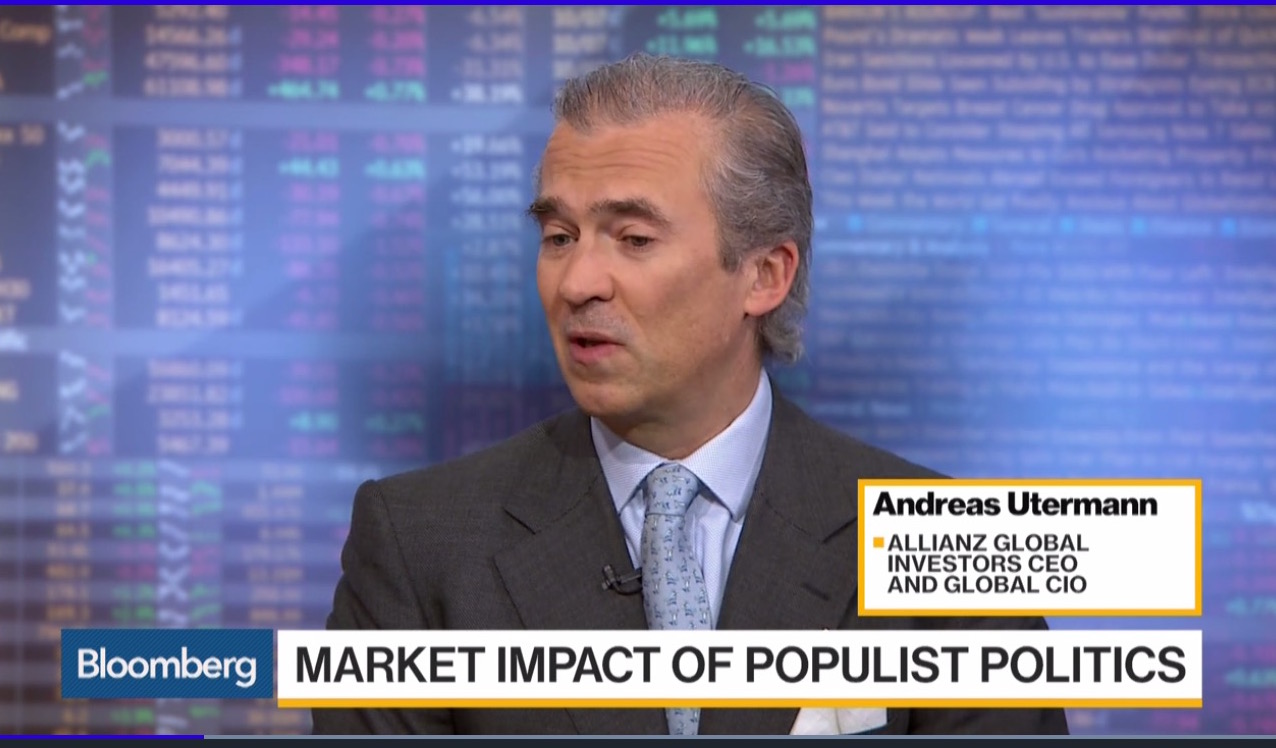Yellen Signals Higher Official US Rates - Context
by Fixed Income AllianceBernstein
February 17, 2017

US Federal Reserve Chair Janet Yellen offered an upbeat assessment of the US economy, signaling that further rate hikes are in store for 2017. But will the Fed also reduce the size of its balance sheet?
In her semiannual Congressional testimony this week, Yellen was positive on the economy’s growth prospects and outlined the considerable progress that’s been made toward the Fed’s dual goals of employment and price stability.
Job Gains and Inflation Continue to Improve in 2017
Testifying on behalf of the Federal Reserve Open Market Committee (FOMC), Yellen noted that the strong average job gains in the second half of 2016 are continuing in early 2017. As a result, the jobless rate of 4.8% is now in line with the FOMC’s estimate of long-run full employment.
Yellen also noted that key inflation measures have moved closer to the committee’s 2% objective. However, the official Consumer Price Index (CPI) is already well above the 2% mark. In January, the CPI was up 2.5% from its level a year ago—the fastest annual gain since 2012. That gain, along with the Fed’s positive outlook on growth and labor markets, should make officials more confident that inflation will range around 2% or higher for a while.
The combination of “considerable progress” toward the FOMC’s dual objectives and ongoing improvement in the economy would, in Yellen’s words, “warrant further gradual increases in the federal funds rate.” Yellen reiterated what she said back in December 2015: “waiting too long to remove accommodation would be unwise, potentially requiring the FOMC to eventually raise rates rapidly, which could risk disrupting financial markets and pushing the economy into recession.”
On the Horizon: Three Rate Hikes Likely, Maybe More
Based on current Fed projections, the FOMC’s central view is for three official rate hikes in 2017. But some committee members think there could be more. This week, Jeffrey Lacker, president of the Federal Reserve Bank of Richmond, said “we [the FOMC] may need more than three rate hikes this year.”
Lacker added that the FOMC should start to scale down its balance sheet. Yellen, responding to a question during her testimony, stated that the FOMC plans to reduce the balance sheet in an orderly way and that policymakers will be discussing a “balance sheet strategy” in coming months.
Asset Values May Determine Scale and Speed of Rate Hikes
The Fed’s policies of low interest rates and substantial asset purchases have had a huge impact on asset values. Real estate and equity assets on household balance sheets have increased by more than 50% since 2010—more than twice the increase in household income. To be fair, though, not all the gain in asset values can be directly attributed to the Fed’s policies.
Nonetheless, the basic pricing mechanism for financial assets (and for real-asset values) is the change and level of interest rates. In our view, the trajectory of asset values in 2017 could well determine the scale and speed of official interest rate hikes, and maybe the reduction in the official balance sheet, too.
Certainly, the high level of asset values relative to income shows that the financial cycle has once again run well ahead of the economic cycle (Display).

A successful normalization of official interest rates and a trimming of the Fed’s balance sheet would likely cause little disruption to the economic growth cycle, with the “air” being slowly removed from asset markets.
History doesn’t have many examples of when such a successful transition occurred, but that’s the Fed’s game plan.
The views expressed herein do not constitute research, investment advice or trade recommendations and do not necessarily represent the views of all AB portfolio-management teams.

Copyright © AllianceBernstein













